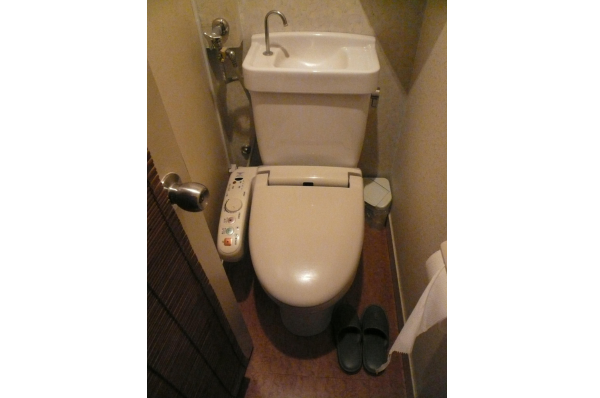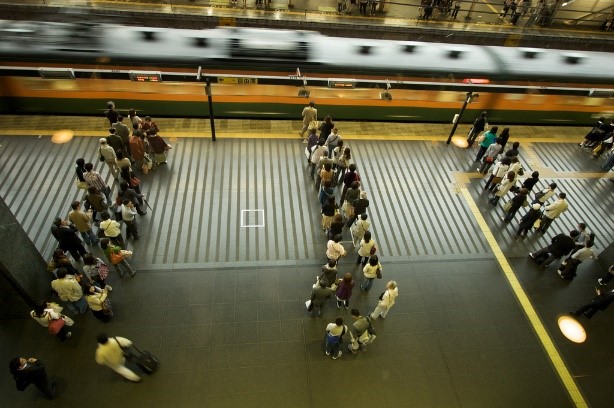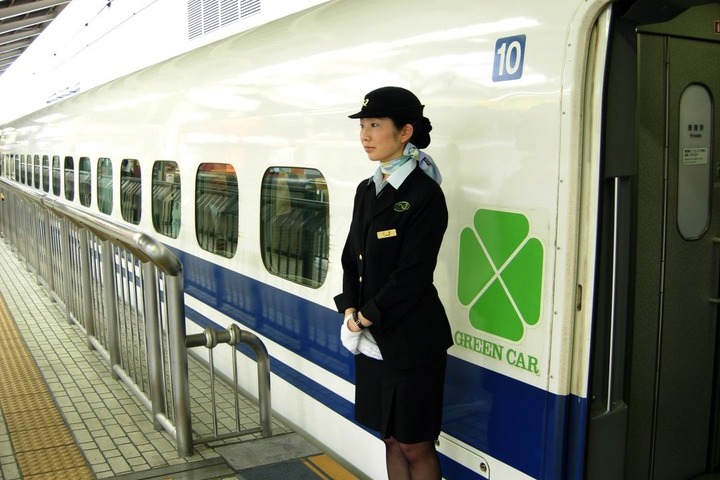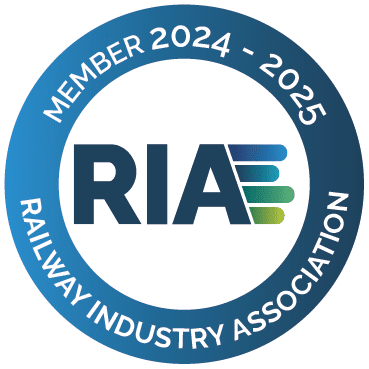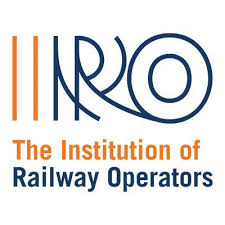Innovation is a hot topic at the moment, particularly in the rail industry, but where does innovation come from? Some say it comes from inside you and is associated with the balance between the left and right side of your brain. Wherever innovation does actually come from, it almost always starts out by questioning conventional wisdom. This does not always come naturally to us humans and in this Insight we take a look at how experiencing a differing culture, in this case Japan, can spark the creative thinking required for innovation.
Japan is an extremely impressive country. When you think of Japan, you may think of Shinkansen bullet trains, cherry blossom trees, sumo wrestling or sashimi; but as well as this, it’s a place that really challenges how we think about everyday life! Japanese culture can take what you think as normal and completely turn it on its head. It’s these differences that can really inspire innovation and force us to think creatively in ways we cannot naturally imagine. Here are some examples from everyday life in Japan and more specifically from their railway world.
- Japanese toilets. It can be difficult for a foreigner to figure out how to flush a Japanese toilet because of the number of other functions available. They have heated seats, automated lids that raise on entering the cubicle, combined bidet functionality and an option to play white noise should you wish to mask any unpleasant sounds. In addition, it’s customary to take your shoes off when you enter a public place, so slippers are provided at toilet entry point to keep your socks clean. Toilets found in confined spaces may also have an integrated wash basin on top of the toilet tank so that the grey water can be reused to flush. What a great way to save both space and water.
- Japan’s refreshing approach to cleaning. If asking for the nearest bin in a Japanese office, the answer may come as a surprise to you. There aren’t any! You will not see any cleaning contractors either. Tidying litter and cleaning is everyone’s responsibility. Employees take their rubbish home. Further, once a week (usually on a Wednesday at the end of the working day) the whole team carry out a thorough clean of the office, using vacuum cleaners tidily placed in their own footprint, created simply by a taped area on the office floor. This practice also exists in schools, where pupils and teachers do the cleaning and this culture was witnessed on a world stage recently when Japanese football fans at the 2018 Russia World Cup stayed behind to tidy up, after devastatingly conceding a 2 goal advantage and being knocked out of the tournament by Belgium with the last kick of the match.
- Japanese taxi doors. Overseas visitors might be caught by surprise when flagging down a taxi for the first time in Japan. The passenger doors open automatically as you approach, controlled from a button on the driver’s dashboard. This is great when travelling with shopping or children and can speed up dwell times, which is more important in busy cities.
- Train queuing. Coach number signs are attached to the platform in Japan. Arrows show where the train door will line up and lines show where to queue for your carriage, and there is pictogram signage showing the busiest carriages during peak times. In Japan, queuing for the train is completely normal, just a way of life. Why would it not be? When you think about how often we queue in our culture, it’s hard not to think of our poor etiquette towards boarding trains as slightly bizarre. We queue for buses, taxis, aeroplanes, and we will even form our own queues when not asked or guided to at bars and food stalls in a concert, yet for trains we do not bother.
- Train seating design. Sitting with your back to the direction of travel can be extremely uncomfortable for many travellers on any form of transport, to the extent that some passengers actively seek out a forward facing seat. The challenge for rail is overcoming the fact the train will move in both directions (unlike aircraft or buses). Japan has developed a novel solution to this; seats can rotate 180 degrees to face the direction of travel. All seats are rotated at the same time by train crew automatically when changing ends so that typically everyone faces forward. Individual seats can then be manually rotated with a lever by a passenger, which can be used for groups wishing to face each other where at least half of the group are not discomforted with travelling backwards.
- Customer service focus. This is at the heart of Japan’s railway culture. There is immense pride in their railway system and recent press coverage about Japanese rail companies apologising for trains departing 30 seconds early certainly give an indication of how seriously they treat performance. Train crew are always immaculately dressed, comparable to airline pilots, and on Shinkansen trains you will see train crew bow as they enter and leave each carriage as they walk through every one of the sixteen carriages to check tickets.
- Reserved or non-reserved tickets. Buying a rail ticket in Japan is simple; you select either a reserved or non-reserved seat. Trains have reserved and non-reserved carriages which segregate the two ticket categories. This has two distinct benefits; firstly it manages passenger expectations because if buying non-reserved, you expect and accept you might have to stand and feel less aggrieved if that happens. Secondly, it creates a calmer passenger environment because non-reserved ticket holders don’t enter the reserved carriages so there’s no temptation to sit in someone else’s seat.
The list could go on. So what do these examples demonstrate? They show how aspects of everyday life that are perceived to be totally normal and unchangeable (such as a toilet) can in fact be completely turned on its head if we just think differently, and it is this level of creative thinking that ultimately inspires innovation.
Why is innovation so important? Advances in technology and living standards are accelerating at a previously unseen rate. The human race has advanced more in the last century than it did in the last millennium and by that logic we may just see as much or even more technological progression in the next decade than we’ve witnessed in the last century. If we relate that to new trains, it means that without great innovation when specifying and designing, they could easily become outdated well in advance of their expected life or even within the initial franchise for which they were purchased.
Innovation will also be key to unlocking the huge challenges the rail industry faces; such as creating more capacity, meeting (and exceeding) growing passenger expectations, and removing diesel only trains from the network with a reduced electrification programme.
The industry clearly recognises the importance of innovation and there is a growing emphasis on it within new franchise and rolling stock manufacturing bid tenders and evaluations. The HS2 rolling stock tender is a great example of where this is the case. High expectations have been placed on creating more capacity using the same gauge (for inspiration on this, read Malcolm Wilson’s Insight ‘The internal Tetris: a kernel solution’) , ensuring train steps align with platforms (perhaps achieved with a variable vehicle height?) and keeping passengers entertained when in tunnels (perhaps by using interactive touch screen bodyside lights?). All of these challenges are extremely difficult to crack and will require clever innovation to establish a winning solution.
IPEX Consulting recognises the importance of innovation and its team of specialists have global rail experience from across Europe, Japan, Australasia, and North and South America. This worldwide experience comes together with synergy to inspire the team to think innovatively and with a truly open mind when working on new UK rail projects and bids.
Download a copy of our insight here

